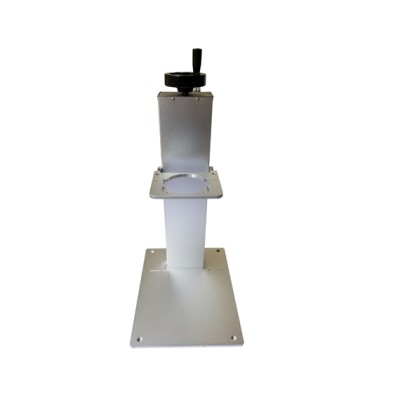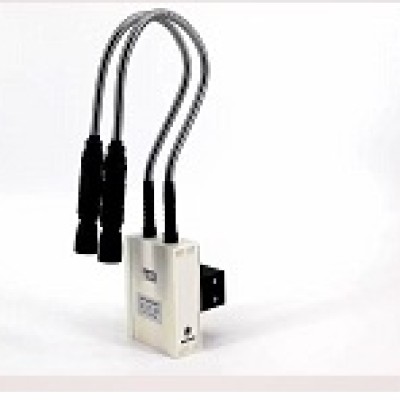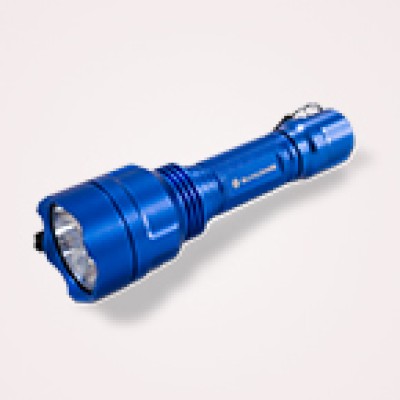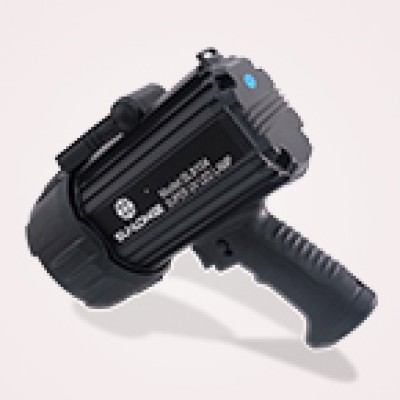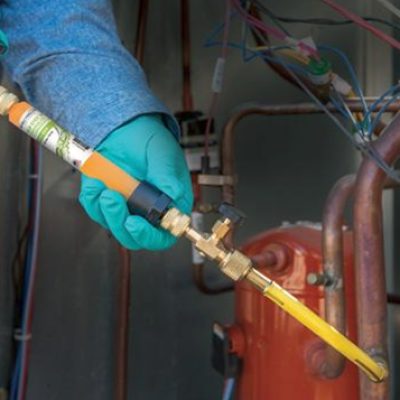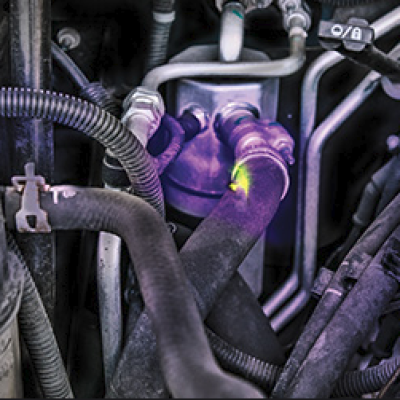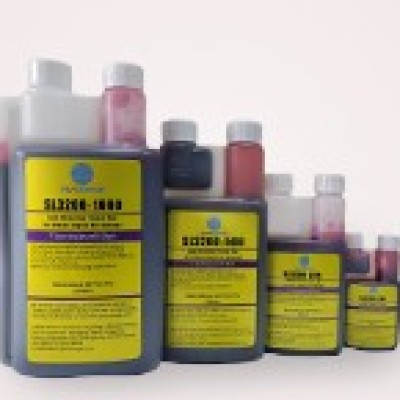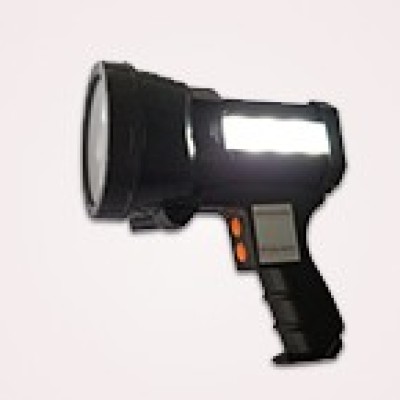
In industries like manufacturing, material inspection, and quality control where precision is paramount, surface inspection must be done impeccably. However, the effectiveness of surface inspections can only be as good as the surface inspection lamps being used. These lamps play a critical role in illuminating materials/surfaces to uncover defects, irregularities, or other imperfections.
It’s worth noting that surface inspection lamps are judged by many factors besides brightness. The lamps must produce high-quality light or risk compromising the accuracy and reliability of inspection processes.
The Critical Role of Lighting Quality
If you are wondering why lighting quality matters in surface inspections, here’s what you should know;
1. Light Quality Dictates Visibility of the Finest Details
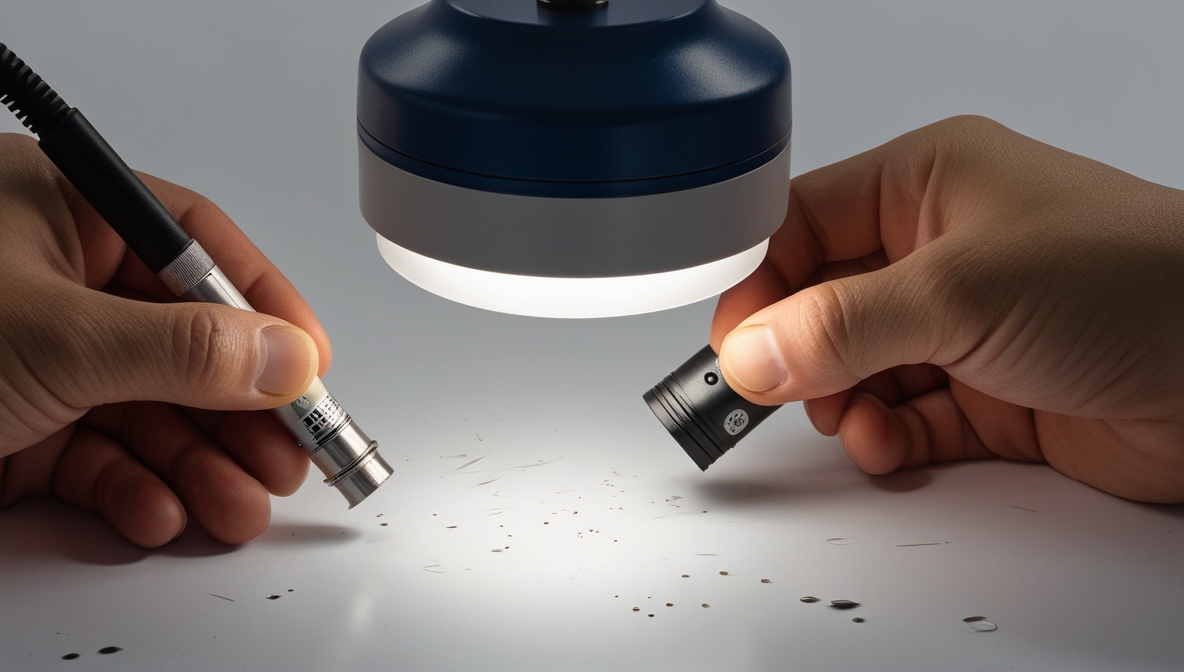
Defects like pits, scratches, uneven coatings, and more are very hard to see under poor lighting. High-quality surface inspection lamps reveal the slightest imperfections on a surface allowing for product quality issues to be identified and fixed.
2. Light Quality Enables Accurate Color Representation
Besides checking for pits, scratches, and other inspections, surface inspections also check for color accuracy i.e. how well a color looks in relation to the reference color. Poor lighting can’t reveal inconsistencies in color representation. What’s more, some surface inconsistencies can only be seen under special lighting conditions that render a surface’s true color correctly.
You need a high-quality surface inspection lamp with a high CRI (color rendering index) reading to replicate natural light perfectly and ensure colors are perceived correctly on the colored surfaces being inspected.
3. Light Quality Dictates Glare and Shadows
A well-designed surface inspection light will also provide uniform illumination that reduces dark spots and harsh reflections (glare) leading to more accurate inspections. In simple terms, high-quality inspection lamps offer the best representation of a surface ensuring no defect goes unnoticed.
4. Light Quality Dictates Light Output Consistency and Stability
A high-quality lamp will produce consistent light output in the long run which is critical for accurate inspections. It’s worth noting that stable illumination (free of flickering and/or dimming) is required to do quality inspections. Any fluctuations in light quality are bound to cause eye strain and lower an inspector’s ability to see defects and consistently offer accurate inspections.
5. Light Quality Dictates Adaptability to Different Inspection Surfaces
Different surfaces have different textures, color, and reflectivity. High-quality surface inspection lamps should have adjustable settings that inspectors can change to match the perfect lighting conditions for different surfaces being examined.
We now know why light quality matters in inspection and why you need high-quality surface inspection lamps. Let’s now focus on how to select high-quality lamps. What should you consider?
Tips for Choosing Surface Inspection Lamps with Optimal Lighting Conditions
- Consider a high Color Rendering Index (CRI): CRI ranges from 0 to 100. Consider lamps with a CRI reading of 90 or more as such lamps ensure colors on inspection surfaces are rendered accurately (which is critical for detecting defects that can go unnoticed under poor lighting).
- Choose a lamp with adjustable brightness: The lamp you choose should also have adjustable brightness tailored to the specific intensity required for different inspection tasks. This feature ensures optimal visibility with a lower risk of eye strain.
- Consider uniform light distribution: To eliminate glare and shadows, the lamp should distribute light uniformly across the entire inspection surface. This feature is critical in identifying all defects effectively.
- Consider consistent flicker-free operation: The lamp you choose should also produce stable light over extended periods to reduce visual fatigue and ensure inspection accuracy at all times.
- Adjustable features: It also helps to choose a lamp that can be positioned at many different angles for better adaptability during surface inspection. Adjustability also enhances defect detection capabilities.
- Durability: Lastly, consider durability. Inspection lamps should be used overtime with no reliability issues. The lamp you select should be able to last long in the application environment in question.
Conclusion
Surface inspection lamps must produce high-quality light as this will affect the efficiency, and reliability of inspection processes. We’ve discussed the main aspects of lighting quality from visibility to color accuracy, consistency, and glare reduction. We’ve also discussed the top features of surface inspection lamps to consider i.e. durability, a high CRI, uniform light distribution, adjustable brightness, and stable/flicker-free operation.
Top Desktop Surface Inspection Lamp: The SL8500 Desktop Inspection Lamp
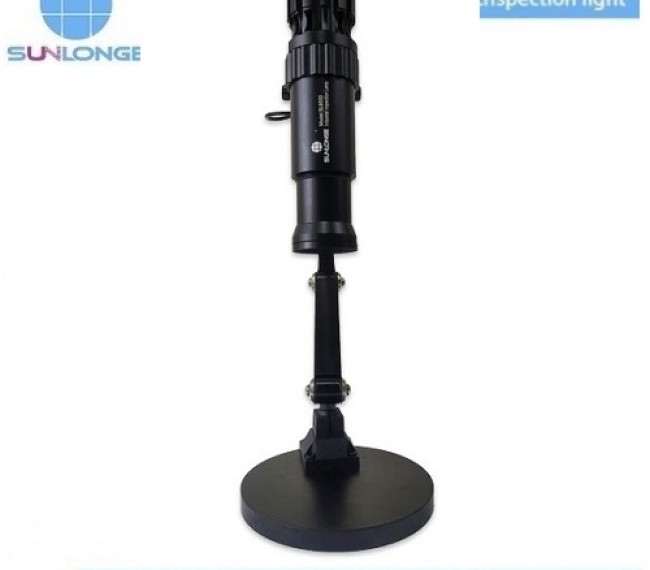
Looking for a wafer inspection lamp perfect for dust particle defect inspections? Look no further than the SL8500 desktop inspection lamp. This lamp offers different parallel lights meeting various demands. This lamp can be used for detecting dust, flitch, ink, and scratches among other defects and flaws on test samples. This lamp is 10-times more powerful than traditional inspection lamps. Other notable features include adjustability, a 90% stability rating, and light intensity of 150 000 Lux (at 30cm distance).
 CN
CN

